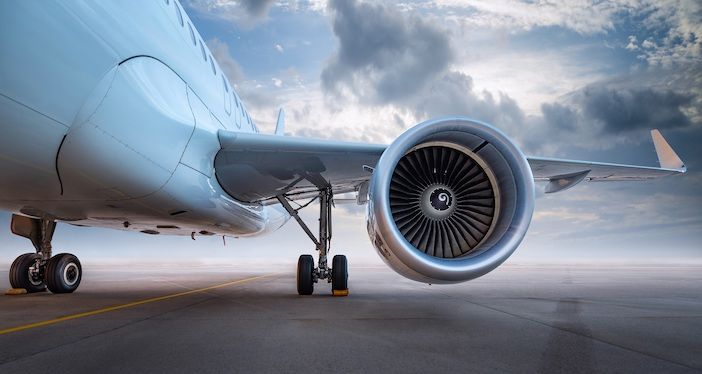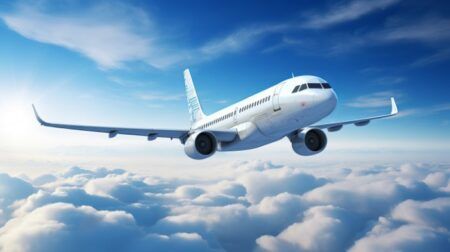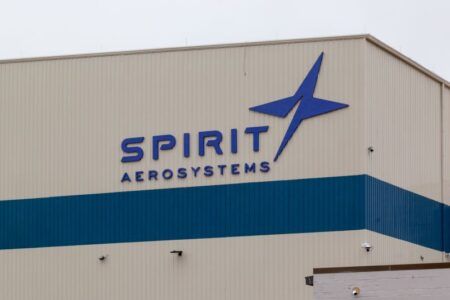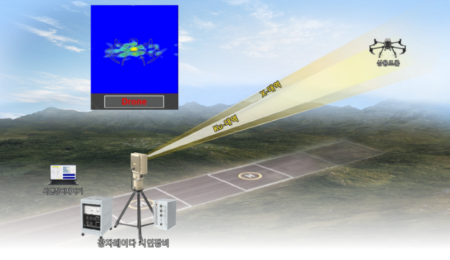Researchers at the University of Reading in the UK have found that aircraft could save significant amounts of fuel and reduce emissions if they “surf” fast moving winds at high altitudes.
An analysis done by the research team showed that if commercial flights between New York and London last winter had used this technique last winter, they could have used up to 16% less fuel.
Satellite technology will soon allow transatlantic flights to be tracked more accurately while remaining a safe distance apart. This opportunity could allow aircraft to be more flexible in their flight paths, in order to more accurately follow favourable tailwinds and avoid headwinds, offering the aviation sector a cheaper and more immediate way of cutting emissions than through advances in technology.
Cathie Wells, a PhD researcher in mathematics at the University of Reading and lead author of the research said, “Current transatlantic flight paths mean aircraft are burning more fuel and emitting more carbon dioxide than they need to.
“Although winds are taken into account to some degree when planning routes, considerations such as reducing the total cost of operating the flight are currently given a higher priority than minimising the fuel burn and pollution.”
Professor Paul Williams, an atmospheric scientist at the University of Reading and co-author of the study said, “Upgrading to more efficient aircraft or switching to biofuels or batteries could lower emissions significantly but will be costly and may take decades to achieve.
“Simple tweaks to flight paths are far cheaper and can offer benefits immediately. This is important, because lower emissions from aviation are urgently needed to reduce the future impacts of climate change.”
The study, which has been published in the journal Environmental Research Letters, analyzed around 35,000 flights in both directions between New York and London from 1 December 2019 to 29 February 2020. The team compared the fuel used during these flights with the quickest route that would have been possible at the time by flying into or around the eastward jet stream air currents.
The scientists found that taking better advantage of the winds would have saved around 200km worth of fuel per flight on average, adding up to a total reduction of 6.7 million kilograms of carbon dioxide emissions across the winter period.
The average fuel saving per flight was 1.7% when flying west to New York and 2.5% when flying east to London.
Aircraft manufacturers are already demonstrating technology to help reduce the environmental impact of flights through better routing of flights and reducing segregation. One such example is Airbus’ fello ‘fly program, which uses a principle called wake energy retrieval.
The study was led by the University of Reading in collaboration with the UK National Centre for Earth Observation, the University of Nottingham, and Poll AeroSciences.





